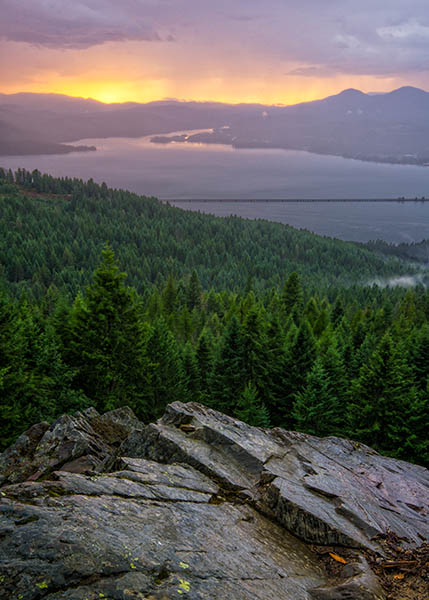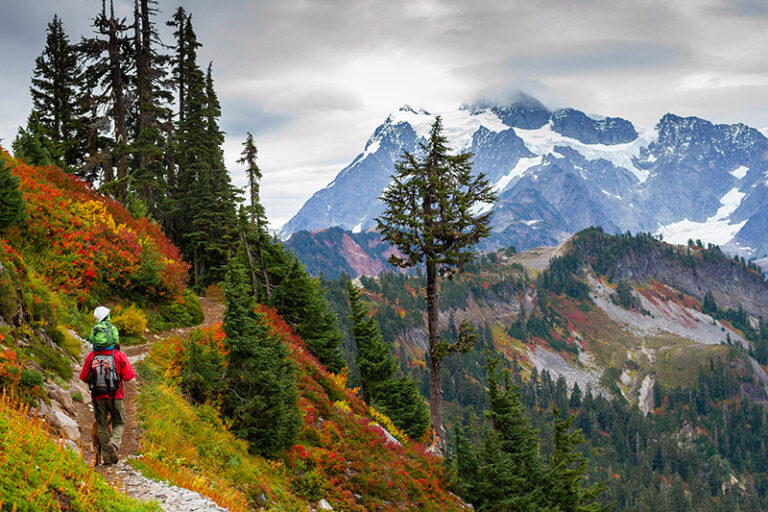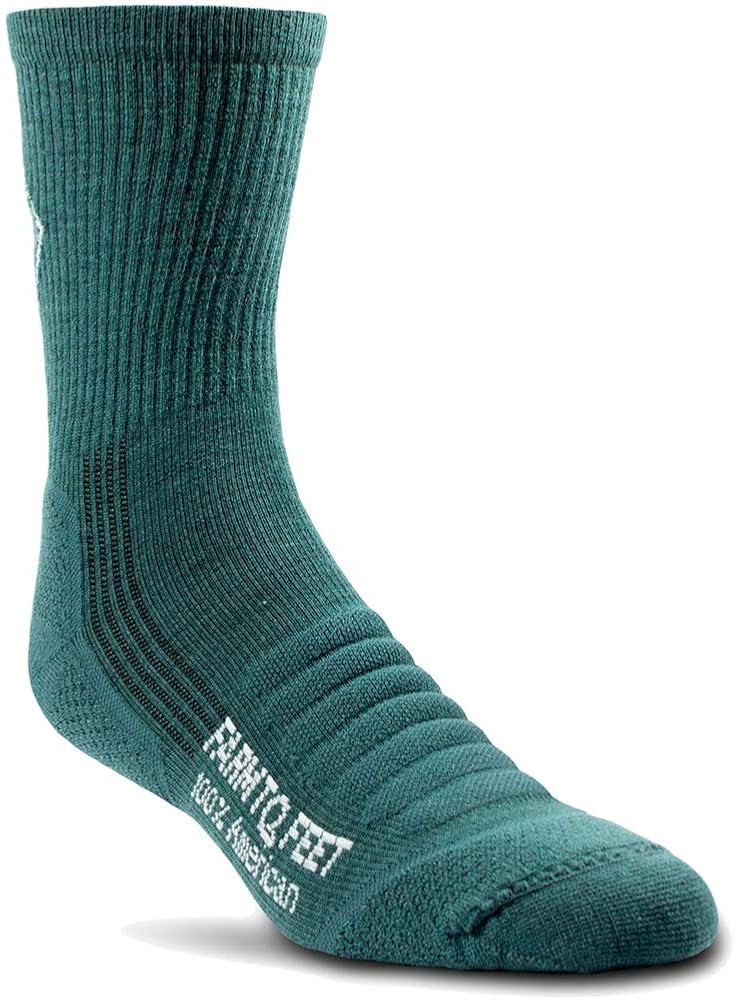Autumn is so fleeting, and the opportunities for soaking up fall foliage so few, that it’s good to have a handful of quick-hit hiking ideas in your back pocket—and backyard. The five hikes below make for great after-work or foul-weather treks. Each showcases the diversity of fall color on display in the Inland Northwest, from streamside trees to Palouse wheat. And while they may not invoke the “wow” factor of expansive alpine larch parkland, they’ll provide a much-needed fall color fix.
Spokane – Iller Creek
When it comes to fall color, aspen and larch are the stars of the show. The 5-mile Iller Creek loop, at the heart of Iller Creek Conservation Area, boasts both, but it’s the opportunity to walk the halls of hardwoods that make Iller Creek the best fall-colors hike in the Spokane area. Climb through dry ponderosa pine parkland on the west side of Iller Creek to reach the Rocks of Sharon, from where you’ll view the Palouse at its fall-harvest best. Then, descend the east side of the loop through birch and currant to open viewpoints over the Iller Creek drainage. Hike this one in the morning for fog-filtered light over the fall colors.
Coeur d’Alene – Cougar Bay Preserve
Riparian areas, with their big-limbed cottonwood trees and shrubby understories, tend to provide a riot of river—or lakeside—color. Owing to their shoreline locations, which are prized for development, riparian areas have also become increasingly hard to find close to town. But the Cougar Bay Preserve, an 88-acre nature conservancy holding on the northwest shore of Lake Coeur d’Alene, protects an important habitat—and hosts some nice fall color, too. The two-mile loop hike here begins in marshland topped by aspen and larch before climbing to a wooden observation platform. From here, just over the tops of a copse of larch, hikers have a hawk’s-eye view of Coeur d’Alene.

Sandpoint – Gold Hill
Thanks to far-off larch and a thick birch forest overhead, the 7-mile hike up Gold Hill, near Bottle Bay just south of Sandpoint, is aptly named. Beginning in a pretty forest of Douglas-fir, western hemlock, and birch, the route curls around rock formations, which are relics of Lake Pend Oreille’s Ice Age past. After winding through a dense hardwood forest that brings to mind both the North Atlantic and North Idaho, hikers reach the first of several open granite outcroppings with far-reaching views over the Long Bridge to the head of the Pend Oreille River and beyond. Gold Hill is a great place to watch storms funnel up the Pend Oreille River and fan out over the lake. The storm’s leading-edge clouds seem close enough to touch and provide dramatic skies reflected in the lake.
Missoula – Sawmill-Curry loop
Before the Forest Service acquired the land that now comprises the Sawmill-Curry portion of the Rattlesnake National Recreation Area in a land exchange with a private landowner in 1986, a century of ranchers and ax-swingers made their homes and livelihoods here. Connecting old timber skid roads and livestock driveways, the 6-mile Sawmill/Curry loop visits moldering homesteads and fallow meadows, which mingle with old-growth ponderosa pines spared the saw. It’s a hike rife with colorful history, but there’s fall color here too, thanks to ancient orchard trees and colonies of aspen. Be sure to pick up a brochure at the trailhead; the seventy or so miles of trail in the Rattlesnake can bewilder newcomers, nowhere more so than this portion of the recreation area.
Whitefish – Whitefish Trail to Smith Lake
Comprising nearly 40 miles of nonmotorized trail accessed from 10 trailheads around Whitefish Lake, the Whitefish Trail is truly a community effort—funded by donors and planned by citizens. Valuable because it protects a low-elevation forested landscape in a rapidly growing area for public use, the Whitefish Trail is worthwhile on its own merits. From the Swift Creek trailhead on the northeast end of Whitefish Lake, the 5.5-mile hike to Smith Lake follows the steep streamcut of Swift Creek through colorful huckleberry and second-growth larch. It begins on an ADA-accessible path and then on narrow singletrack (watch for bikes here). An 18-acre lake occupying state trust lands, Smith is a quiet spot for a picnic amongst russet-colored shrubs. Shoreline access is limited, but this small pond is best enjoyed from underneath the shade of an evergreen anyway. //
Aaron Theisen is the author of “Day Hiking Glacier National Park and Western Montana.” He wrote about hikes in the Cabinets in the July issue.













